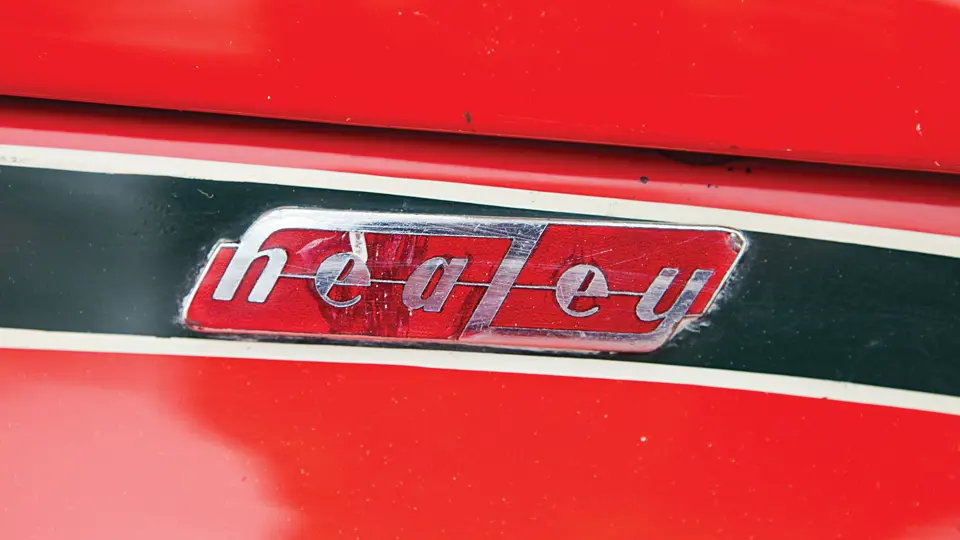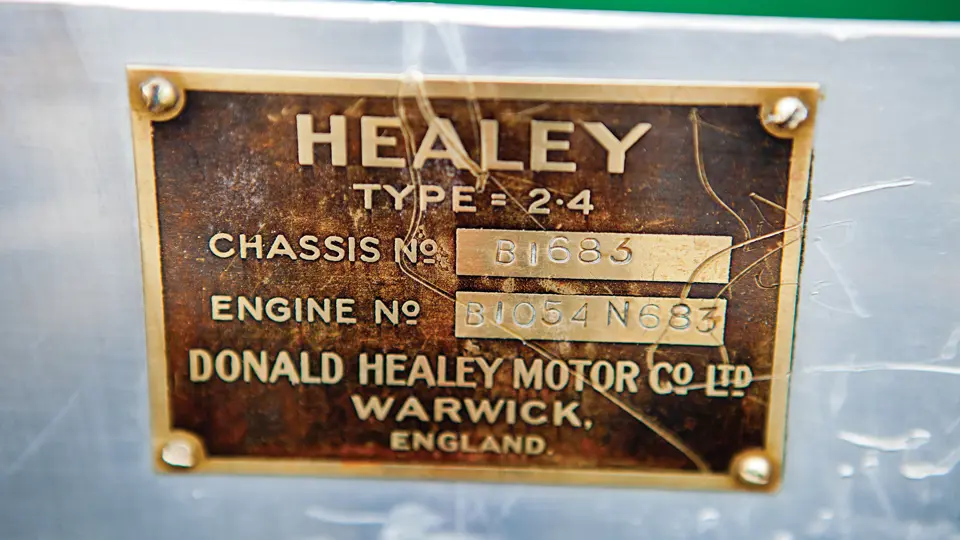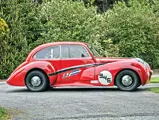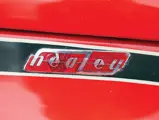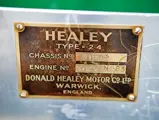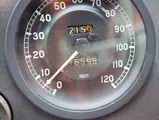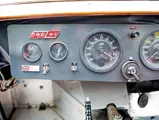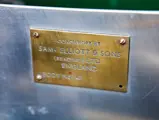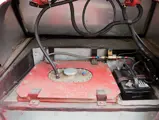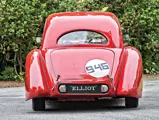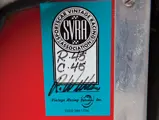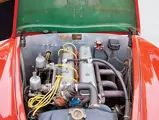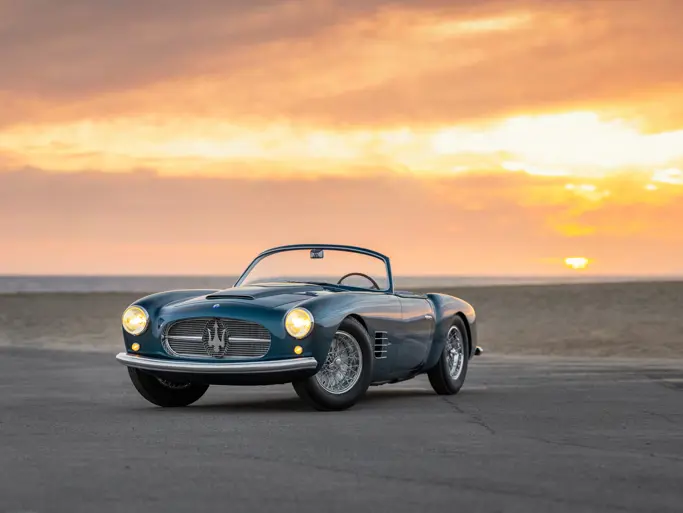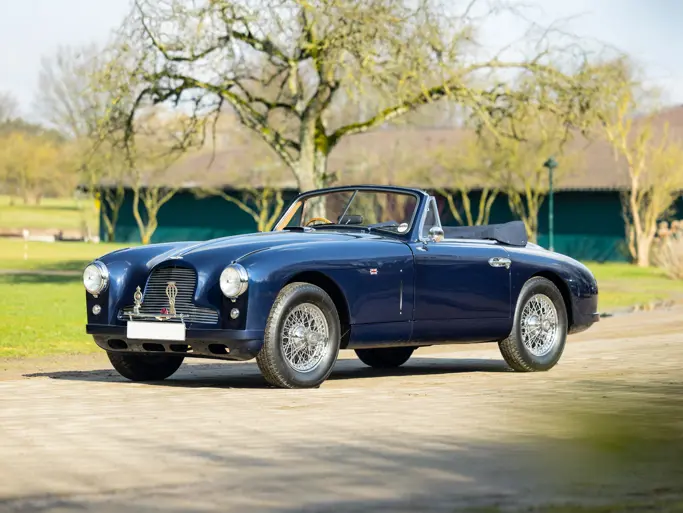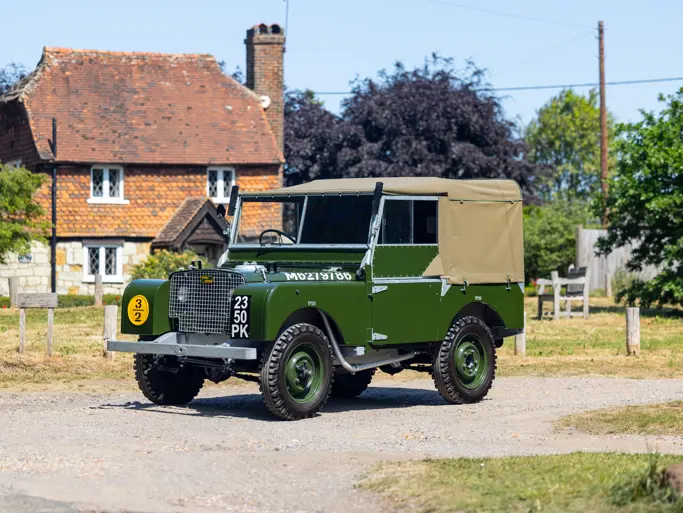104 bhp, 2,443 cc Riley RM overhead-valve four-cylinder engine, dual SU carburetors, four-speed manual transmission, independent front suspension with trailing links and coil springs, live rear axle with coil springs, and four-wheel hydraulic drum brakes. Wheelbase: 102 in.
Mention the name Healey to most enthusiasts and they immediately preface it with Austin, Jensen, or Nash. There was, however, an earlier Healey sports car that former RFC pilot and 1931 Monte Carlo Rally winner Donald Healey began manufacturing immediately after World War II. Healeys shared a single steel chassis with a modified Riley engine and gearbox, grand prix-inspired independent front suspension, and large Lockheed hydraulic drum brakes. A variety of bodies were offered, with the majority being named for the coachbuilders that supplied them.
Lightweight models, such as the Elliott two-door saloon, were capable of easily exceeding 100 mph and accelerating from 0–60 mph in as little as 12 seconds. Elliotts were used extensively in rally and race competitions in the UK and abroad from 1947 to 1952; they were also driven to class wins in rallies like the Mille Miglia, Targa Florio, and Alpine, as well as in race events at Le Mans and Silverstone, to name but a few.
The Elliott shown here was originally shipped to the United States as a back-up car for Donald and Geoff Healey to drive from New York to Hollywood while they were organizing an American dealer network. Their planned car, a Westlands roadster, did indeed arrive, and the Elliott was sold by dealer J.S. Inskip to Dr. Floyd McRae, of Atlanta, Georgia, a prominent physician and great enthusiast of sports cars. According to Atlanta-based artist John Lander, a friend of both Dr. McRae and the car’s current owner, the doctor drove his new purchase directly from Manhattan to Watkins Glen, to watch the first grand prix race held there.
Dr. McRae then continued on to Atlanta, where he used it for some years before donating it to the Protsman family’s museum at Stone Mountain, Georgia. In the mid-1980s, it was offered for sale and acquired by the present owner.
The car was extensively restored for vintage racing, with the chassis and driveline rebuilt with dual master cylinders, modified wheel cylinders, and updated brake linings and shocks, as well as an engine fitted with custom headers and a water pump. The original green paint still appears under the hood, the body had its original sunroof sealed, and it was fitted with a full six-point roll cage. A fuel cell was added, the original seats and trim were removed, and the original gauges were remounted in an aluminum dashboard. The original seats have since been reinstalled, and the original interior door panels are included with the car.
The Elliott’s competition history is wide and varied. It ran at the Vintage Fall Festival in 1990 and in the second Colorado Grand that same year, completing the Grand and finishing very well in the hill climb held in the latter part of the event. It was run in SVRA, VSCCA, and VRG events, and in addition to its track activity, it has appeared at the Baltimore Burn Prevention Foundation and the Radnor Hunt Concours. Photos of the car appeared on the cover of Rally magazine in November 1990, Autoweek in 1995, and Healey Marque magazine in 1999; issues of Rally and Healey Marque accompany the car today.
The original, well-preserved wood dashboard, as well as a collection of most other original items not used, also remain with the car and will pass with it to the new owner.
Period competition history with the Westlands, Elliot, Duncan, and Silverstone models makes early Healeys eligible for all worldwide tours and races. Simply put, the buyer looking for a distinctive and sophisticated vintage racing car need look no further.




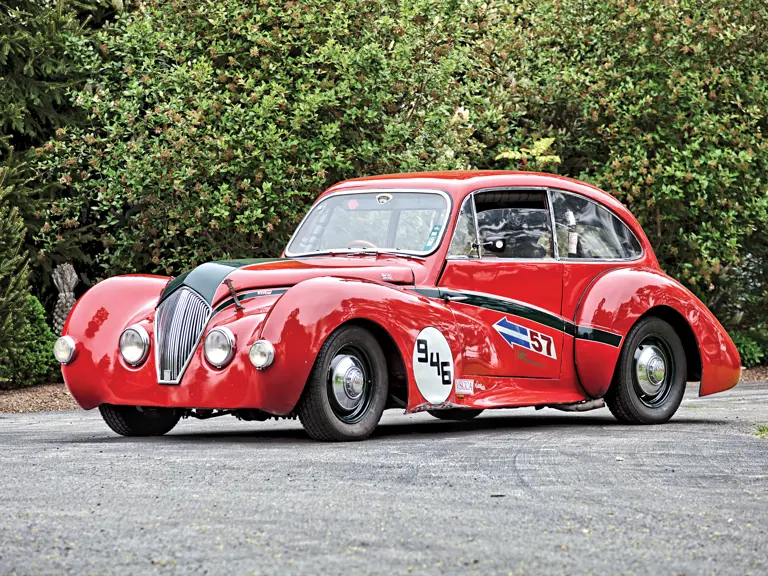
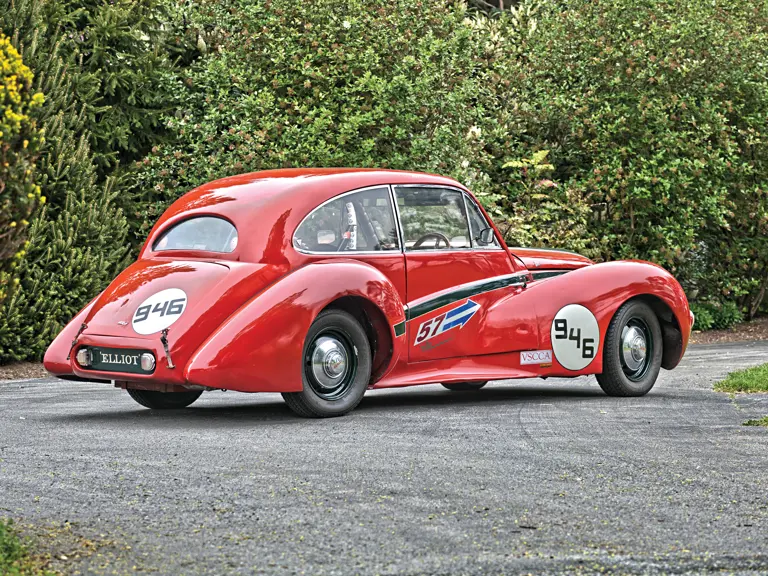
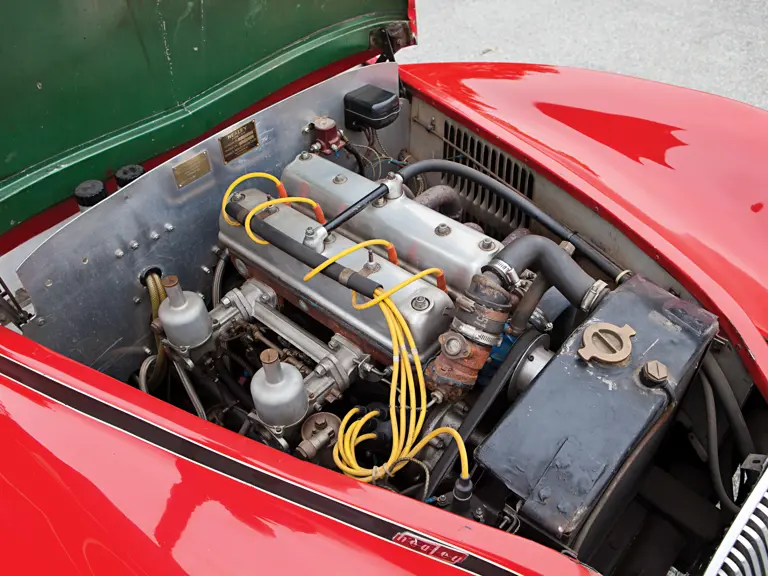
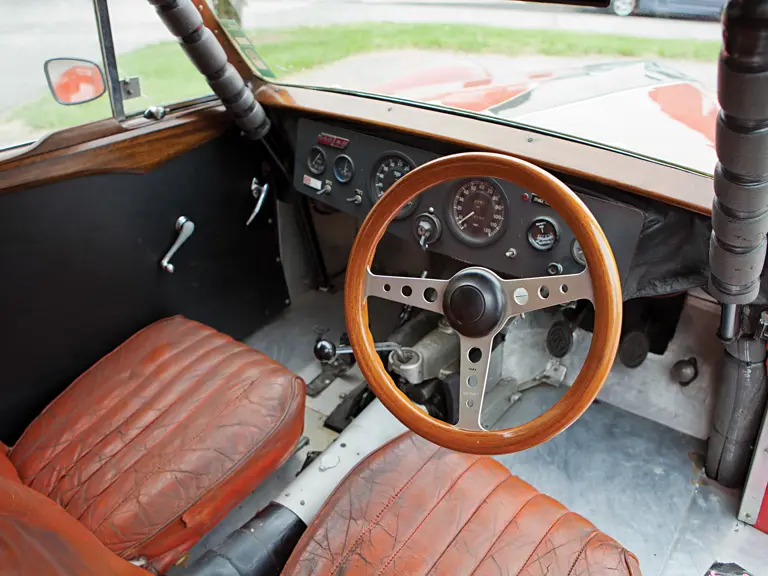

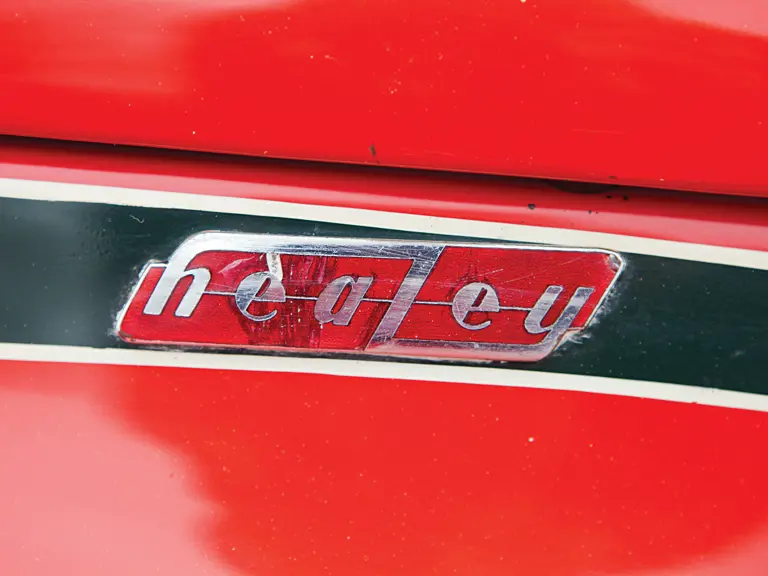

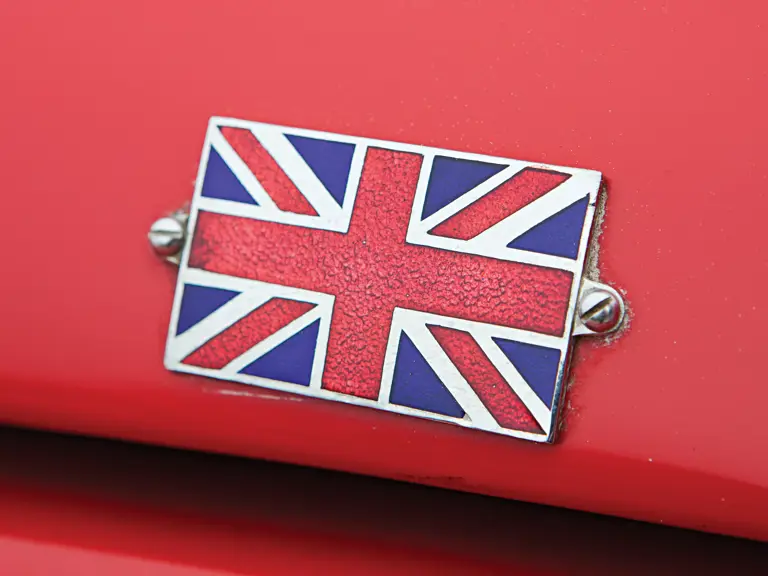
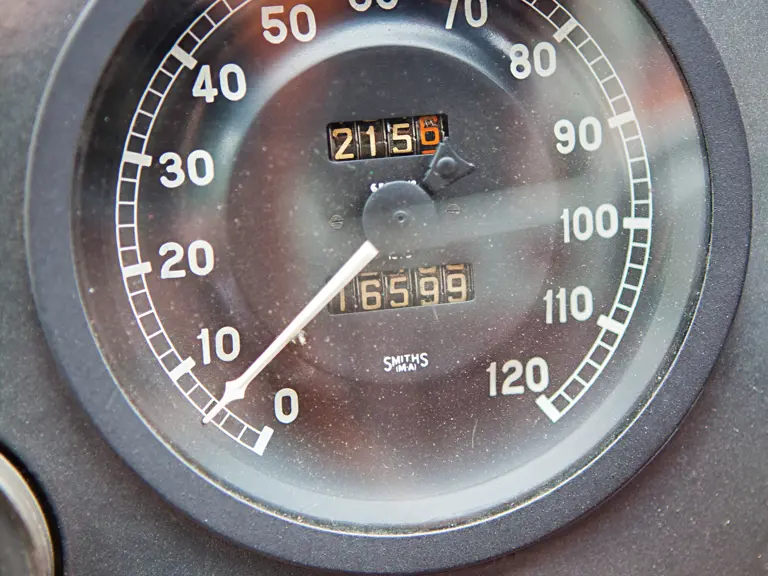
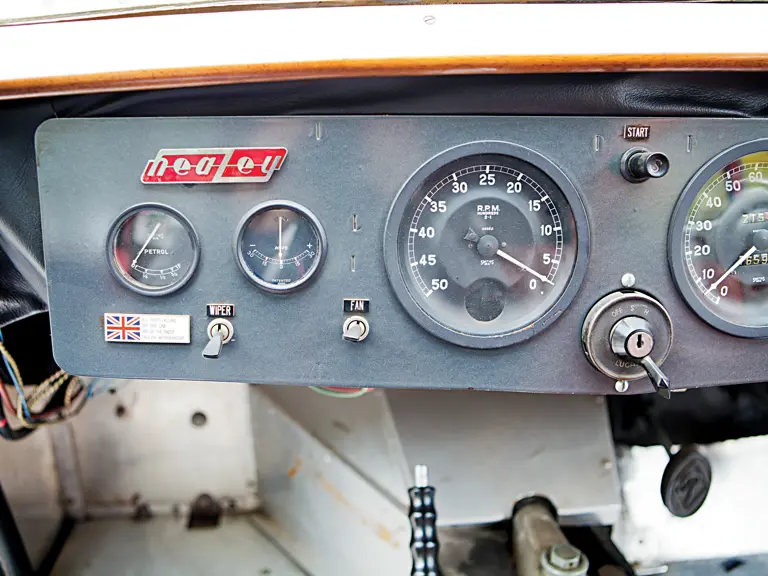
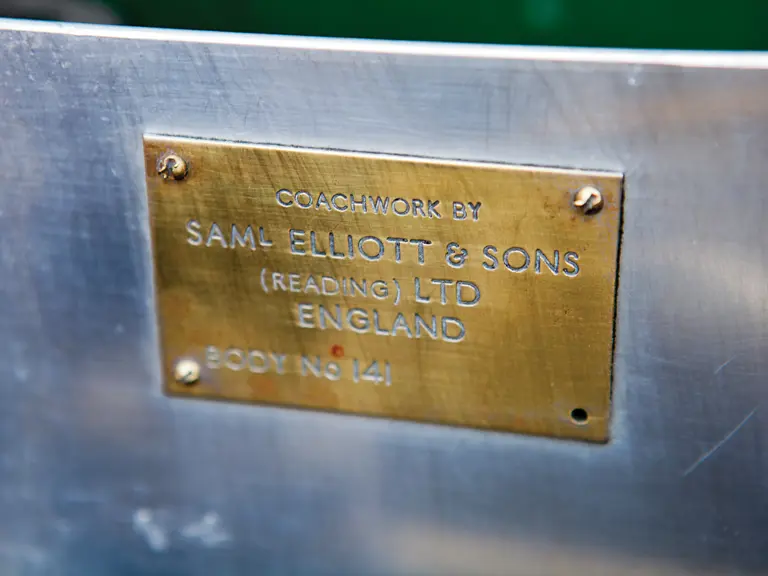
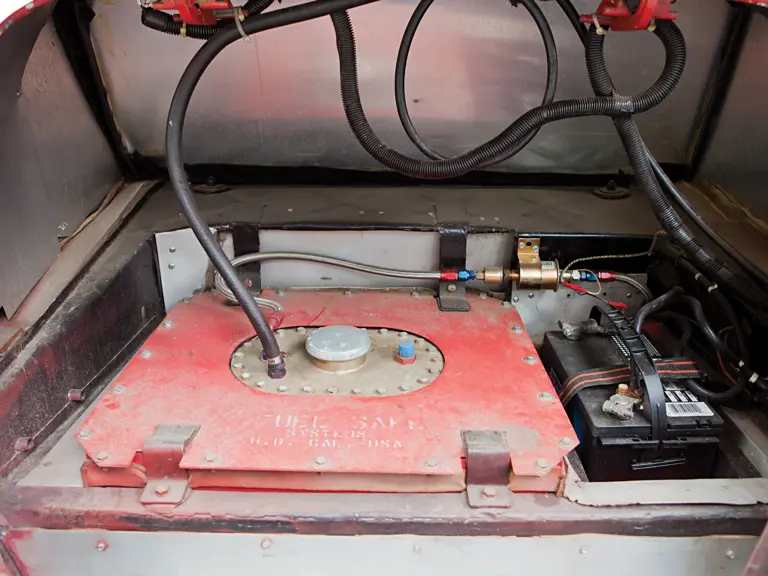

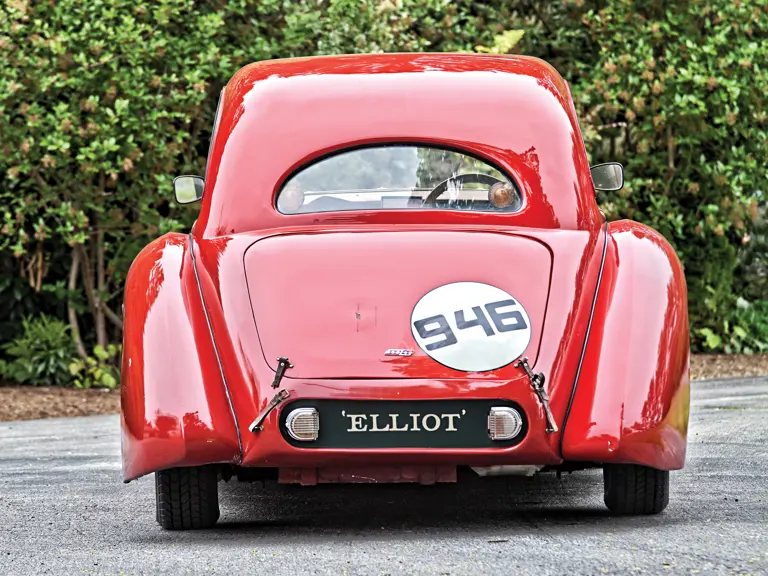

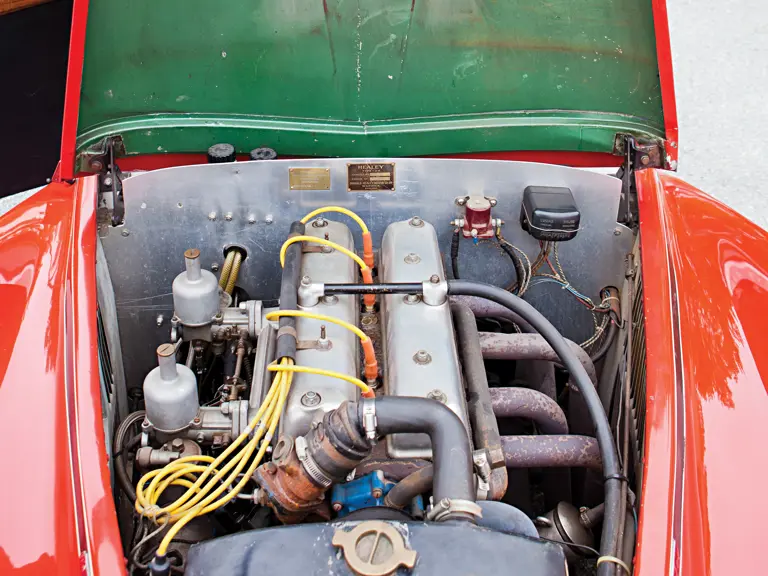
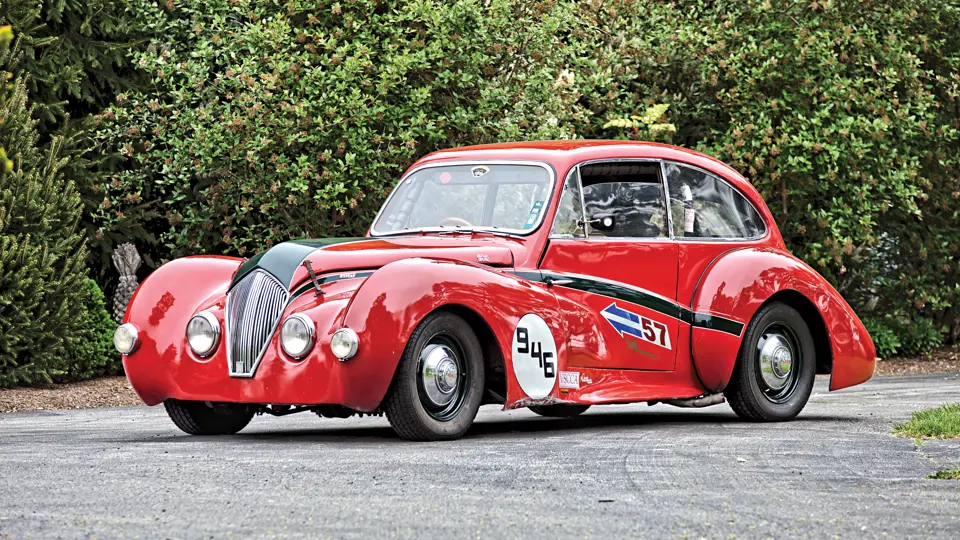
 | Hershey, Pennsylvania
| Hershey, Pennsylvania

